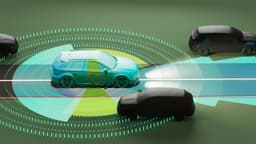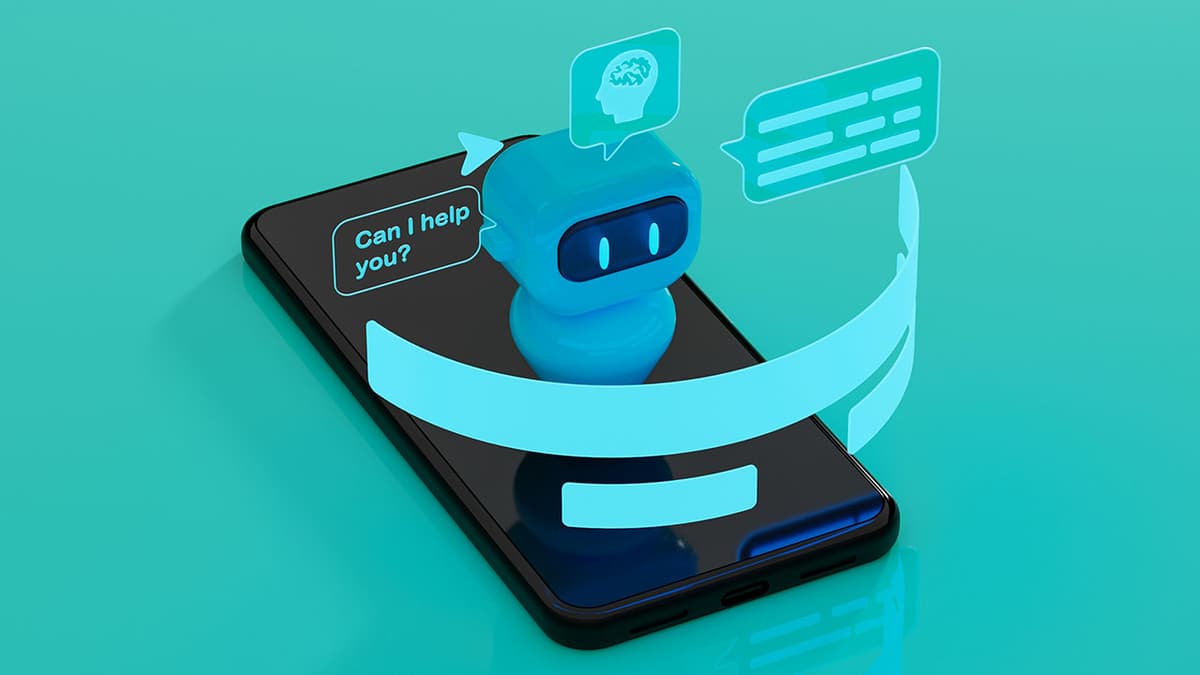Nonalcoholic Beer Tops Sales: A Sobering Reality for Traditional Beer Drinkers
As of early 2024, the top-selling beer at Whole Foods is a nonalcoholic variety—a fact that might seem almost like satire to traditional beer enthusiasts. For decades, beer has been synonymous with alcohol, a cornerstone of social gatherings, sporting events, and late-night conversations. The idea that a nonalcoholic version of this beloved beverage could not only be accepted but actually dominate sales in a major retailer, is both surprising and controversial. To many die-hard beer lovers, this trend is nothing short of a joke, but it also reflects a significant shift in consumer behavior that’s reshaping the landscape of the beverage industry.
A Brew Without the Buzz: Why Nonalcoholic Beer?
Nonalcoholic beer’s rise to the top of the sales charts at a store like Whole Foods—a retailer known for its health-conscious, often upscale clientele—says a lot about changing consumer preferences. Once relegated to the back shelves as a bland, unsatisfying alternative to "real" beer, nonalcoholic beer is now being crafted with care, offering flavors and experiences that appeal to a broader audience.
The reasons behind this trend are multifaceted:
-
Health Consciousness: More consumers are prioritizing their health, looking for ways to enjoy the social aspects of drinking without the negative impacts of alcohol. Nonalcoholic beer provides a way to engage in social rituals like drinking without the hangover or long-term health consequences.
-
Sober Curiosity Movement: Movements like "Sober Curious" have gained momentum, encouraging people to rethink their relationship with alcohol. This cultural shift has brought nonalcoholic options into the spotlight, making them more mainstream.
-
Improved Quality: Nonalcoholic beers have come a long way from their watery predecessors. Advances in brewing technology have allowed for the creation of nonalcoholic beers that retain the rich flavors and satisfying textures of traditional beers, making them a viable option for even the most discerning palates.
-
Mindful Drinking: There’s a growing trend towards mindful drinking—enjoying alcohol in moderation or not at all. This has led to a surge in demand for beverages that can be enjoyed without the intoxicating effects.
The Controversy: Why Some Beer Drinkers Are Unamused
For many traditional beer drinkers, the idea of nonalcoholic beer topping sales feels like a betrayal of the beverage’s core identity. Beer, in their view, is not just a drink; it’s an experience that involves the ritual of unwinding, socializing, and, yes, getting a buzz. Here’s why this trend is rubbing some beer enthusiasts the wrong way:
A Perceived Threat to Tradition
Beer has a long, storied history that’s deeply intertwined with culture and tradition. For centuries, it has been brewed with alcohol as a central component, offering not just flavor but a certain effect that many associate with relaxation and camaraderie. The rise of nonalcoholic beer challenges this tradition, leading some to feel that the essence of what makes beer "beer" is being diluted.
The Irony of It All
To many, the very concept of nonalcoholic beer seems paradoxical. Beer is meant to have alcohol, much like coffee is meant to have caffeine. The idea that the top-selling "beer" at a major retailer is one that lacks this key ingredient strikes some as absurd. It’s akin to the idea of decaffeinated coffee outselling the regular kind—possible, but to many, it would undermine what the beverage is traditionally meant to offer.
Fear of the Future
Some traditional beer drinkers worry that the rise of nonalcoholic beer could signal a broader trend away from alcohol altogether, potentially leading to a decline in the variety and availability of traditional beers. They fear a future where the rich diversity of craft beers and regional specialties might be overshadowed by a surge in alcohol-free options catering to the health-conscious masses.
The Impact on Social Norms
Drinking beer has long been associated with certain social norms and rituals. Whether it’s toasting at a wedding, relaxing after work, or sharing a pint with friends at the pub, beer plays a role in these interactions. Nonalcoholic beer, while visually similar, doesn’t deliver the same social experience—at least not in the eyes of traditionalists. The concern is that as nonalcoholic beer becomes more popular, it might alter the dynamics of social drinking, perhaps even diminishing the sense of connection that often comes with sharing a few drinks.
A Growing Acceptance: The Other Side of the Coin
While some beer enthusiasts may scoff at the idea of nonalcoholic beer being the top seller, others see it as a positive development. There’s a growing acceptance, even among traditional drinkers, that nonalcoholic beer has a place in the market.
Versatility and Inclusion
One of the main advantages of nonalcoholic beer is its versatility. It allows people who don’t drink alcohol—whether for health, religious, or personal reasons—to participate fully in social activities where beer is consumed. This inclusivity can strengthen social bonds and broaden the appeal of beer-related events.
A Safer Alternative
For those who enjoy the taste of beer but want to avoid the effects of alcohol, nonalcoholic beer offers a safer alternative. It’s particularly appealing to those who need to drive or work after socializing or who simply want to enjoy a beer without any potential for impairment.
Expanding the Market
The rise of nonalcoholic beer also represents an expansion of the beer market. Rather than detracting from traditional beers, it adds a new dimension, attracting customers who might not otherwise purchase beer at all. This broadening of the market can be beneficial for retailers and breweries alike, leading to increased sales and innovation.
A Trend Worth Watching
The fact that nonalcoholic beer is the top-selling beer at Whole Foods as of early 2024 is more than just a quirky statistic—it’s a reflection of broader shifts in consumer behavior and societal values. While traditionalists may view this trend with skepticism or even disdain, it’s clear that nonalcoholic beer is here to stay. Whether you’re a die-hard beer enthusiast or someone looking for a healthier alternative, the rise of nonalcoholic beer is a trend worth paying attention to.
As the landscape of the beverage industry continues to evolve, one thing is certain: the definition of what it means to enjoy a beer is changing, and it’s opening the door to new possibilities for everyone. Whether you raise a glass of traditional craft beer or its nonalcoholic cousin, there’s no denying that the beer world is becoming more diverse and inclusive—one sip at a time.












